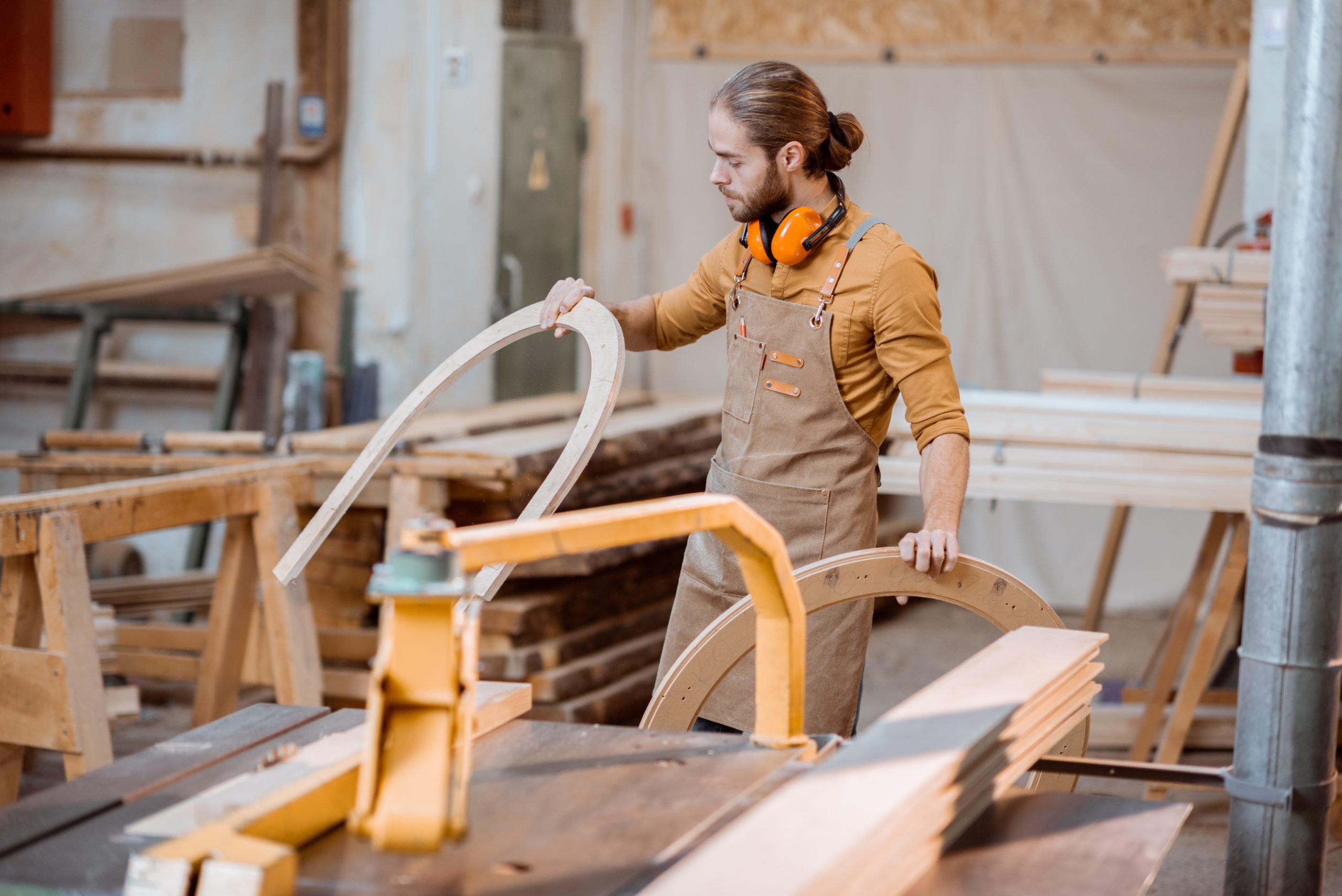In the serene and tradition-bound world of Amish furniture making, a subtle transformation is underway. This revered craft, known for its dedication to time-honored methods and the beauty of simplicity, is gently embracing the winds of modernity. This evolution brings with it a fusion of the timeless charm of Amish craftsmanship along with the functional and aesthetic demands of contemporary life. This blog dives into the innovative techniques emerging in Amish furniture making, the adaptation of these pieces to modern living spaces, the natural design versatility, and the promising future of Amish craftsmanship in the modern era.
What Innovative Techniques Are Emerging in Amish Furniture Making?
Innovation within Amish furniture making shows itself through both the incorporation of new materials and the adoption of advanced techniques, all while maintaining the soul of traditional craftsmanship. Amish craftsmen are exploring eco-friendly finishes that promise durability without compromising environmental integrity. Techniques such as laser cutting and precision joinery are being introduced to enhance the intricacy and fit of pieces, showcasing a blend of the artisanal with the precision of modern technology.
Additionally, Amish artisans are experimenting with design software for custom orders, enabling a level of precision and personalization previously unattainable. This embrace of innovation not only enriches the craftsmanship but also expands the possibilities of what Amish furniture can offer, ensuring it remains relevant and appealing in a rapidly changing world.
How Does Amish Furniture Adapt to Modern Living Spaces?
The adaptation of Amish furniture to modern living spaces is a testament to the versatility and forward-thinking approach of Amish craftsmen. Recognizing the evolving dynamics of contemporary homes, they are designing furniture that addresses the multifunctional needs of today’s living. Features such as built-in charging stations and convertible furniture pieces reflect a clear awareness of the modern reliance on technology and the premium on space efficiency.
This evolution towards functionality does not come at the expense of style. Amish furniture retains its classic beauty but is now available in designs that fit seamlessly into the minimalist and diverse décor themes of modern homes. This adaptability ensures that Amish furniture is not just a link to the past but a functional and beautiful addition to any modern living space.
What Makes Amish Furniture Design Versatile?
The versatility of Amish furniture design lies in its unique combination of timeless aesthetics, customizability, and the inherent quality of handcrafted woodwork. The simple, clean lines characteristic of Amish furniture make it a suitable match for a range of interior designs, from rustic to contemporary. This timeless appeal is complemented by the ability to customize pieces according to individual preferences and requirements, ensuring that each piece not only fits the physical space it occupies but also reflects the owner’s style and needs.
Moreover, the use of natural, sustainably sourced wood lends each piece a unique texture and grain, allowing for a level of individuality within the confines of classic design. The result is furniture that is not just versatile in its utility but also in its capacity to enhance the aesthetic appeal of a space.
What Is the Future of Amish Furniture Craftsmanship?
The future of Amish furniture craftsmanship looks bright, with a clear path forward that respects tradition while embracing the new. As consumer preferences continue to evolve, the demand for sustainable, high-quality, and customizable furniture is on the rise. Amish furniture, with its strong foundation in sustainable practices, unmatched quality, and the newfound embrace of modernity, is well-positioned to meet these demands.
Looking ahead, we can expect to see Amish craftsmen continuing adding to the framework of their traditions. This will likely involve more eco-conscious materials, further integration of technology in non-intrusive ways, and designs that reflect the changing lifestyles of their customers. The essence of Amish furniture making—its commitment to craftsmanship, quality, and sustainability—will remain unchanged, even as it evolves to meet the needs of the modern world.
In embracing modernity, Amish furniture making is not veering from its roots but simply extending its reach. The fusion of traditional craftsmanship with contemporary innovation offers something truly unique in the furniture market: pieces that carry the warmth of history and the freshness of the present. As we look to the future, it’s clear that Amish furniture will continue to occupy a cherished place in homes across the world, beloved not just for the stories it carries but for the stories it will continue to be a part of.

